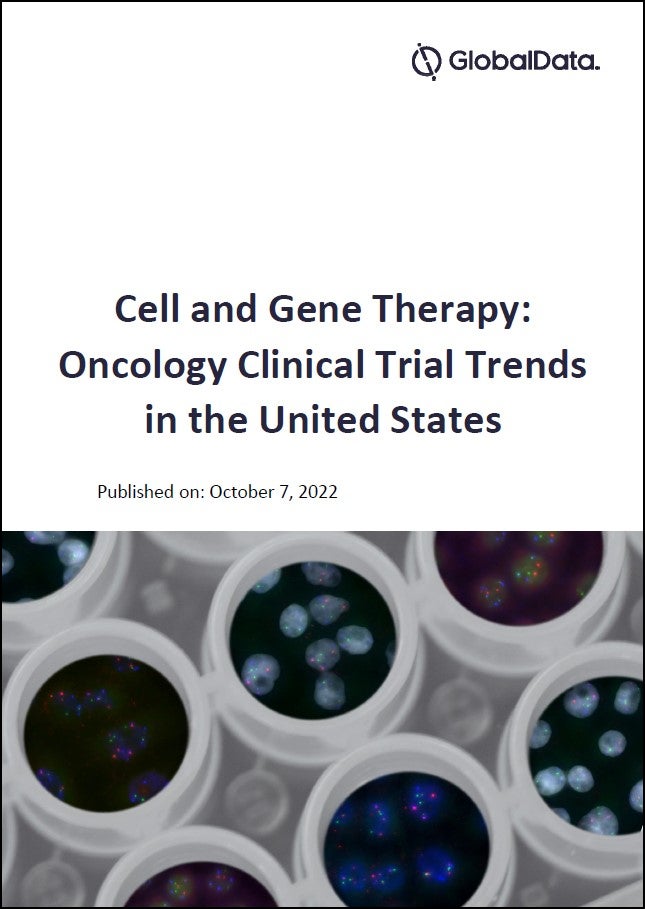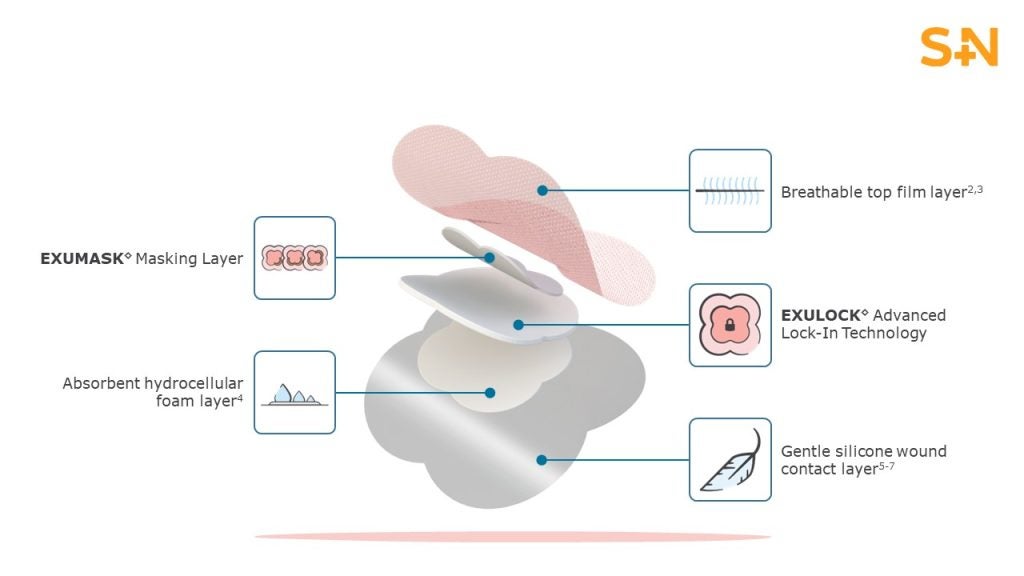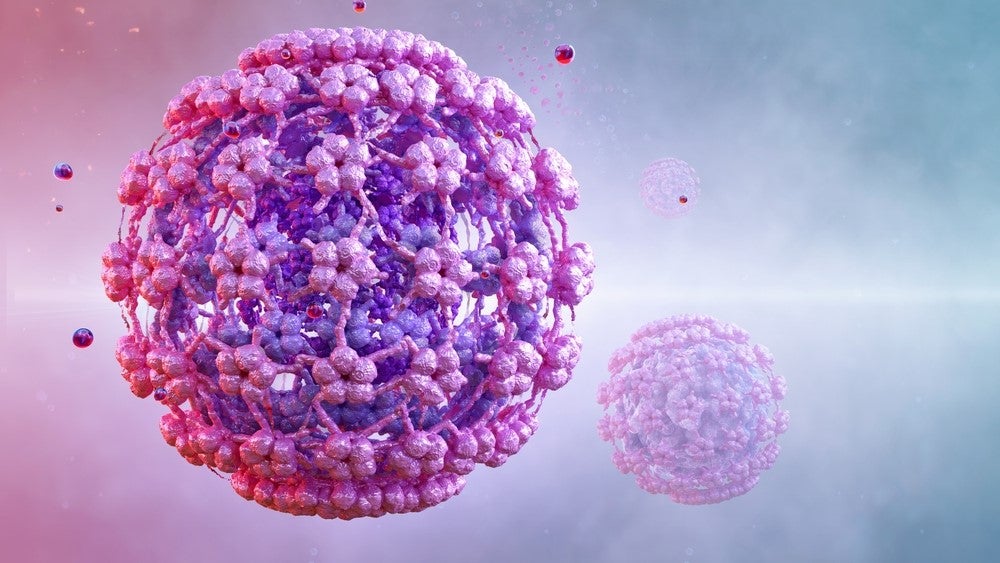In this week’s Pipeline Moves, we review a Phase II trial termination in head and neck squamous cell carcinoma (HNSCC), as well as a terminated Phase I lower limb muscle spasticity study. Meanwhile, we review good news from Phase II trials in diabetic foot ulcers and low back pain.
Interested in seeing these updates in your inbox? Sign-up for our weekly Pipeline Moves newsletter. You can read last Tuesday’s edition here.
Phase II HNSCC trial terminated
Oncolys BioPharma’s suratadenoturev (OBP-301) saw its Phase Transition Success Rate (PTSR) drop in HNSCC after the termination of an investigator-led Phase II trial. The PTSR dove by 18 points, settling at 12%. PTSR is the probability, given as a percentage, of a drug progressing successfully from one development stage to the next.
The Phase II study (NCT04685499), sponsored by Weill Medical College of Cornell University, was terminated due to low participant enrolment. The trial was anticipated to recruit 36 participants but ended up only recruiting one subject, according to its ClinicalTrials.gov listing. The trial’s status was updated on July 11, with GlobalData evaluating the asset the next day. The first participant was recruited in May 2021.
The Phase II aimed to recruit patients with advanced HNSCC which is either recurrent and inoperable, or progressing after prior radiation with curative-intent for advanced disease. Suratadenoturev was under investigation in combination with Merck’s Keytruda (pembrolizumab) and stereotactic body radiotherapy (SBRT). The trial’s coprimary endpoints aimed to assess patient overall response rate through radiographic imaging, as well as to investigate the candidate’s safety profile.
How well do you really know your competitors?
Access the most comprehensive Company Profiles on the market, powered by GlobalData. Save hours of research. Gain competitive edge.

Thank you!
Your download email will arrive shortly
Not ready to buy yet? Download a free sample
We are confident about the unique quality of our Company Profiles. However, we want you to make the most beneficial decision for your business, so we offer a free sample that you can download by submitting the below form
By GlobalDataSee Also:
Suratadenoturev is also under development in other oncology indications such as oesophageal squamous cell carcinoma, non-small cell lung cancer, and gastric cancer. Suratadenoturev is injected directly into solid tumours and targets cancer cells expressing telomerase, leading to cell death. Non-cancerous cells express low telomerase activity.
Phase I lower limb muscle spasticity terminated
H. Lundbeck’s LuAG-06466 saw its PTSR drop in lower limb muscle spasticity after a Phase I trial was terminated. The study ended prematurely due to strategic reasons, as per ClinicalTrials.gov. The PTSR dropped nine points to 64%. GlobalData appraised the asset on July 13 after a ClinicalTrials.gov update on July 12.
The Phase I trial’s (NCT05177029) listing, while it only states one site in Tokyo, Japan, anticipated to enrol 36 healthy Japanese and Caucasian participants between ages 20 and 45. The study closed with 24 subjects.
The placebo-controlled Phase I had multiple coprimary endpoints investigating the candidate’s safety, pharmacokinetic, and pharmacodynamic profiles. LuAG-06466 is a small molecule monoacylglycerol lipase (MGLL) inhibitor that decreases overactive neural signaling by enhancing cannabinoid CB1 and CB2 receptor activity.
MediWound reports positive Phase II data
MediWound’s EX-02 gel, referred as EscharEx, PTSR in diabetic foot ulcers jumped by 16 points to 48% after positive Phase II data. The Israeli biopharma published results in a July 7 press release, with GlobalData appraising the asset on July 11.
As one of the Phase II study’s (NCT04817228) primary endpoints, 70% of the 12 recruited patients achieved complete debridement during treatment after up to eight applications. On average, complete debridement was attained after 3.9 applications, the press release shows. There was an average 35% reduction of the wound’s size at the end of a two-week follow-up period.
The trial recruited patients with venous leg ulcers and diabetic foot ulcers. Debridement is defined as the medical removal of dead or infected tissue from wounds to help their healing. The asset works by removing the necrotic tissue through proteolytic enzymes.
Lilly completes chronic low back pain trial
Eli Lilly’s LY3526318 improved its chances of further study in low back pain after the completion of a Phase II study. Its PTSR rose by 10 points to 49%. The Phase II’s (NCT05086289) status was updated on ClinicalTrials.gov on July 13, with the PTSR change taking place the next day.
The study recruited patients with chronic low back pain, with a primary endpoint measuring change in average pain intensity using the Numeric Rating Scale (NRS) within an eight-week timeframe. The study was expected to enrol 150 subjects but ended with 159.
The Phase II trial is part of a wider chronic pain master protocol by Lilly, according to an April 2022 presentation. The master protocol includes other studies featuring LY3526318 for osteoarthritis or diabetic peripheral neuropathic pain. LY3526318 blocks the transient receptor potential cation channel subfamily A member 1 (TRPA1).
Need to Know:
GlobalData’s proprietary model uses a combination of machine learning and an algorithm to calculate an individual drug’s PTSR and LoA. While LoA provides the probability of a drug ultimately receiving market authorization, PTSR indicates the probability of a drug’s advancement to the next stage of clinical development. The model uses data points from the individual drugs, clinical trials, regulatory milestones, company, and financial databases.








